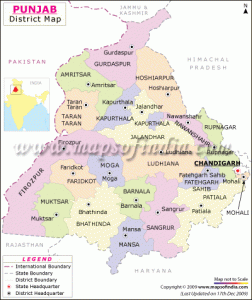As I write this reflection in late autumn 2022, the topic of the Canadian nursing workforce is on my mind. In the context of my consulting work I am often engaged in discussions on recruitment and retention of nurses in Indigenous communities. We look for ideas from many sources and consider strategies that will be most effective in the local context on Vancouver Island.
National organizations have issued statements and reports this month that highlight the urgency of human resources in the Canadian health system. In conjunction with a meeting of provincial and territorial ministers of health with the federal health minister, many organizations held meetings and issued briefing notes. The Canadian Medical Association (CMA), Canadian Nurses Association (CNA) and HealthCareCAN issued a “prescription for hope” that received media attention at that time. A follow-up letter to the Council of the Federation Chair of was issued on November 22 by the Canadian Federation of Nurses Unions (CFNU), CNA and CMA requesting an “urgent meeting” on finding solutions the health care crisis. I follow all these organizations on social media and appreciate seeing frequent updates and timely media releases. The media release and link to the letter are available here: Nurses and doctors engage Council of the Federation around solutions to Canada’s health crisis (cna-aiic.ca)
On November 17, the Canadian Health Workforce Network and the CFNU released a comprehensive report: Sustaining Nursing in Canada. I recommend working your way through the entire document when time permits as I’m doing at present. For a quick overview, I suggest the “Strategic Priority Actions” on page 9 followed by the Executive Summary. The “multi-layered solutions” offered are most welcome. We do need to think of steps and layers in a coordinated way and not a piecemeal approach. See also page 23 for a figure summarizing key points around retaining, returning and recruiting nurses.
Workforce planning is a strong theme of Sustaining Nursing in Canada with three steps identified on page 14: 1) Embed nursing workforce planning, 2) Enhance nursing data to support inter-professional workforce planning and 3) Enable nursing workforce partners access to evidence. In terms of priority actions, some are directed at employers and governments. I see a cluster of proposed actions that would help in nursing education and in mentoring students and new graduates as well as attention to supporting nurses over the course of a career. It’s intriguing to consider the idea of the national health workforce agency (pages 52-53) and I think that we may hear more about implementing something similar in Canada.
It is both a worrying and hopeful time as we reflect on media stories and personal experiences. I do hope that governments are paying attention at long last and that we will see solutions become a reality.
I end this post with images from earlier this fall when I visited the beautiful provinces of Nova Scotia and Newfoundland. I carry these memories with me with optimism for improvements in health care for people and communities in all parts of our country.
By Nora Whyte – November 25, 2022




